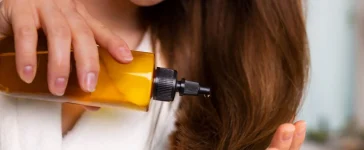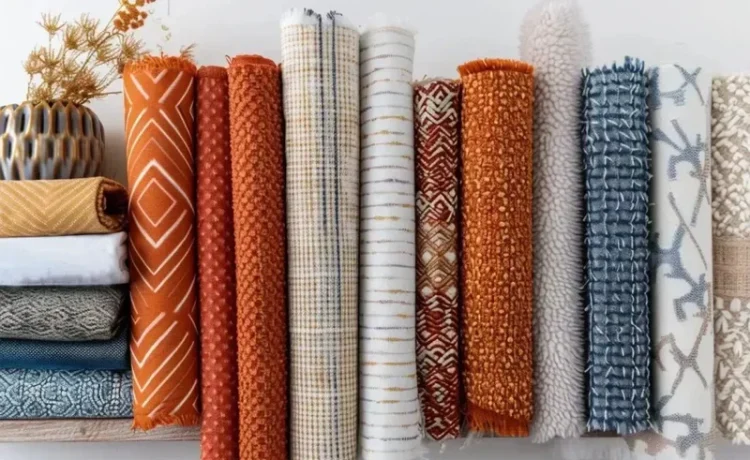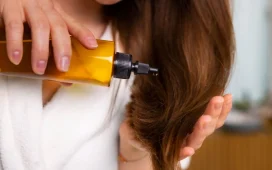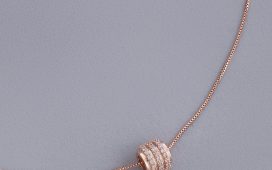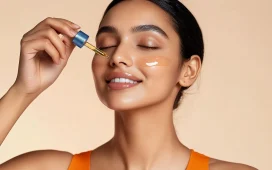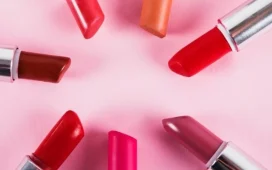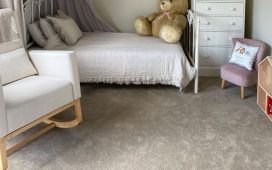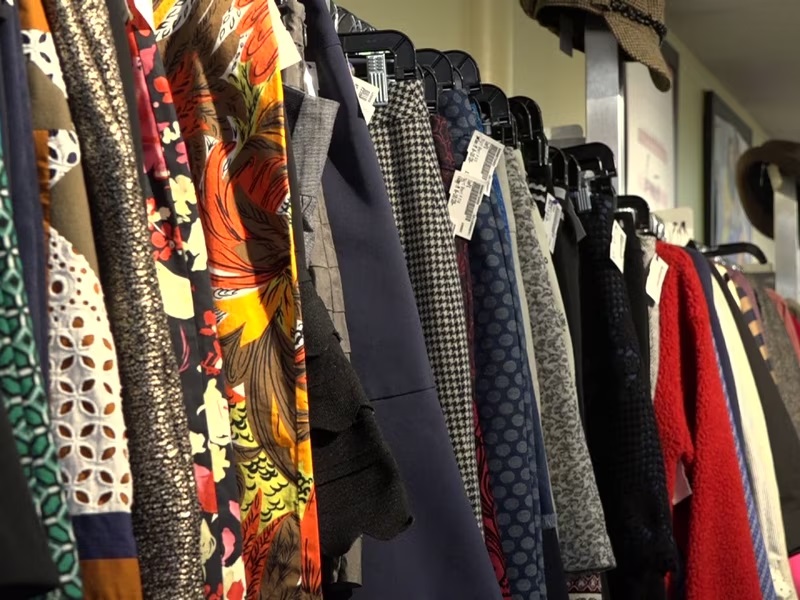Cotton is more than a basic material used by fashion designers. Its significance lies in the way it influences fashion, comfort and design in the fashion collections of all over the world. If you are in the fashion industry, knowing the specifics of cotton fabric by the yard will put you in a much better place when selecting the right fabrics you use for your fashion designs. This article cuts through clutter to provide you with practical information about the importance of cotton fabric as well as how it’s sold and what to look out for when purchasing fabric in bulk.
Why Cotton Makes Sense for Fashion Designers
Cotton is at the heart of the creation of clothing for a variety of reasons. It’s water-resistant, breathable, and is soft on the skin. It doesn’t matter if you’re designing a simple T-shirt or dress for the runway, cotton fabric offers versatility that you can depend on.
Key Benefits That Stand Out
- Comfy: Natural fibers in cotton are soft against the skin, which makes it perfect for everyday wear.
- Breathability: Cotton fabric’s open weave allows air to circulate, which can help to regulate the body’s temperature.
- Long-term durability: The fabric of cotton stands well to repeated washing and wear which means that designs last longer in the real world.
- Working Capability: Its style allows it to be sewn, cut, and altered into various forms of clothing.
Designers seeking to blend practicality and creative freedom will discover that cotton is extremely flexible. In comparison to synthetic materials, cotton is often more consistent results both in the construction and finishing.
Understanding Cotton Fabric by the Yard
There are many times when you can find cotton in yards at textile suppliers. What exactly does “cotton fabric by the yard” really mean? What is the significance of this for designers?
If cotton is sold per yard, it is possible to be able to buy exactly the amount you require, whether it’s just a tiny sample for testing or sufficient for an entire production run. A yard is the length of 36 inches (usually with a width of 44-60 inches) purchasing by the yard allows you to reduce costs and eliminate the amount of waste.
Why Buying by the Yard is Useful
- flexibility: Order as small or as many as you require, from single samples to large-scale runs.
- Budget Control: Determine costs precisely for one garment or for a whole collection.
- Minimized waste: Purchase only the patterns you need to ensure that you don’t end up with a lot of material.
This method of buying is particularly useful for designers with no experience as well as small-scale brands or those who are creating prototypes. This gives you the opportunity to try different kinds of fabric without having to purchase large sheets of material.
Types of Cotton Fabric Available by the Yard
All cotton fabrics are not identical. The process of processing cotton and woven results in distinct varieties that are suitable for different purposes of design. Here’s a look at the most popular cotton fabrics:
Organic Cotton
Produced without pesticides or toxic synthetic chemicals, organic cotton helps support sustainable fashion projects. Its texture is generally soft and generally hypoallergenic. This option is appealing to environmentally conscious brands as well as customers who care about ethically sourced products.
Pima Cotton
Famous for its extra-long fibers, Pima cotton is durable and soft. It also has a slight sheen. Clothes made of Pima cotton are less prone to pilling and last for longer and are a popular choice for premium T-shirts or blouses as well as luxury loungewear.
Egyptian Cotton
Like Pima, Egyptian cotton has long fine fibers. It’s coveted for its softness and strength although it may come with a higher price. Ideal for high-end pieces that require comfort and high-end quality.
Cotton Poplin
This soft, tightly knit fabric is lightweight and crisp. Designers typically employ cotton poplin to make dresses, shirts, and jackets that are lightweight. Its long-lasting durability and simple cleaning make it ideal for casual wear.
Cotton Jersey
In T-shirts and casual clothing, cotton jerseys feature the ability to stretch and drape, which creates a comfortable silhouette. It is a good absorber of dye and feels soft against your skin.
Cotton Voile and Lawn
They are lightweight and sheer cotton fabrics that are ideal for summer dresses, blouses and lined garments. They produce fluid, airy clothes, while maintaining the natural texture of cotton.
Blended Cottons
Blends of cotton include fibers such as rayon, polyester or spandex. Blending can increase durability, stretch, and wrinkle resistance. While not cotton in its purest form the blends can provide design flexibility.
When you are aware of the kinds that are available, you can find the fabric of cotton by the yard according to your style and design.
Selecting the Right Cotton Fabric for Your Design
Selecting “cotton fabric by the yard” for your garment is contingent on how you intend to utilize it. Here’s how designers can make the choice:
Purpose of the Garment
Do you ask yourself:
- Are you wearing this for everyday wear or for a celebration?
- Do you think the garment needs to be structured or draped loosely?
For instance, shirts with a structured design are great with twill or poplin summer dresses are a breeze and are a great fit with lawn or voile.
Weight and Texture
Cotton fabric comes in various weights, from light voile, medium poplin, or heavy denim. Think about the weight you require to achieve the desired silhouette and drape.
- Lightweight (voile lawn, gauze): The soft, flowing clothing
- Medium-weight (poplin or quilting cotton, jersey): Tops for everyday wear and dresses and casual wear
- Heavy-weight (denim or Twill): such as jackets, pants and skirts that require the structure
The texture of the fabric is equally important. Soft cottons like sateen can be great for formal pieces, whereas slub or crepe textures create an informal look.
Color and Print
The ability of cotton to absorb dye gives you the largest variety of prints and solids. Prints can conceal wrinkles or marks and solid colors can highlight how your designs are constructed.
Care and Maintenance Needs
If your product is designed for people who want easy-care products such as blends, wrinkle-resistant cottons, or blends may be the best choice. Labels that require special washing might turn off customers.
Cost Constraints
The purchase of cotton fabric by the yard offers the ability to control costs. The more expensive options such as Pima and Egyptian cotton will cost more but standard cottons and blends allow budgets to be managed.
When you combine your vision of design with the practical needs to select the correct kind of cotton per yard for your project each time.
How to Source Quality Cotton Fabric by the Yard
Your final piece begins with your fabric vendor. Here’s what designers must be aware of when purchasing cotton in the yard:
Local Fabric Stores
Begin by going to local stores. You can feel and touch the fabric, observe the color and even get some advice from the store’s staff. A lot of stores sell cotton by the yard in a variety of styles and quality levels.
Online Retailers
If you require specific types or prints that are unique, Fabric stores online are your best bet. Shop for vendors who offer complete descriptions of the fabric, photos and customer reviews. Websites such as Mood Fabrics Fabric.com as well as independent Etsy shops usually feature cotton fabric by yard and will ship internationally.
Direct from Mills
If you’re making at a large an industrial scale, search for wholesalers or mills that produce textiles. They have larger minimum orders, but they can also bargain on pricing and selection. Get certifications from the source if you’re looking for organic cotton or fair-trade cotton.
Key Sourcing Tips
- Request samples: Make sure to order samples prior to making a big purchase.
- Make sure you check returns and policies: Make sure that there is a clear return policy in the event of a defective item.
- Exam Certifications for Review: Organic or special-purpose cotton, search for GOTS certifications.
- Ask about the minimum requirements: There are a few sellers that will carry smaller cuts, so be sure to confirm you can purchase per yard.
Caring for Cotton Fabric to Maximize Longevity
After your designs are launched to the world, lasting is important. Offer these advice on how to care for your clients (and adhere to them yourself):
Washing
- Wash your cotton clothes in warm or cold water. The hot water may cause shrinking or colorfading.
- Always ensure that you are using cotton that has been pre-washed or shrunk to limit shrinkage later.
Drying
- Dry your clothes as often as you can to minimize wear. If you’re using a machine, use a low heat setting.
- Take off the garments quickly to prevent wrinkles.
Ironing
- The majority of cotton wrinkles, however it irons effortlessly using steam or damp cloth.
- Some cotton blends require less ironing.
Storing
- Keep in cool, dry places far from direct light to prevent fade.
- The choice of hanging or folding is based on the kind of clothing.
A regular, gentle cleaning extends the life of cotton-based products and keeps them looking clean which improves the customer’s satisfaction.
Cotton Fabric by the Yard Remains a Go-To Material
For fashion designers, choosing the appropriate fabric is just as important as the design itself. Cotton fabric for sale provides flexibility, comfort, and reliability for a variety of styles and clients. When you’re creating your next collection of ready-to-wear or creating bespoke pieces, knowing how to choose and maintain cotton fabric will put you ahead in terms of both quality and creativity. Choosing the right fabric, matching it to the purpose of your project and paying attention to the details will enhance your designs and keep customers satisfied with wear and repeat wear.
Discover our extensive collection of custom-printed, ready mill-dyed, and yarn-dyed fabrics designed to perfectly complement your upcoming collection. For tailored support or any questions, contact us at hello@fabriclore.com. Experience effortless, genuine, and cost-effective fabric sourcing with Fabriclore.
